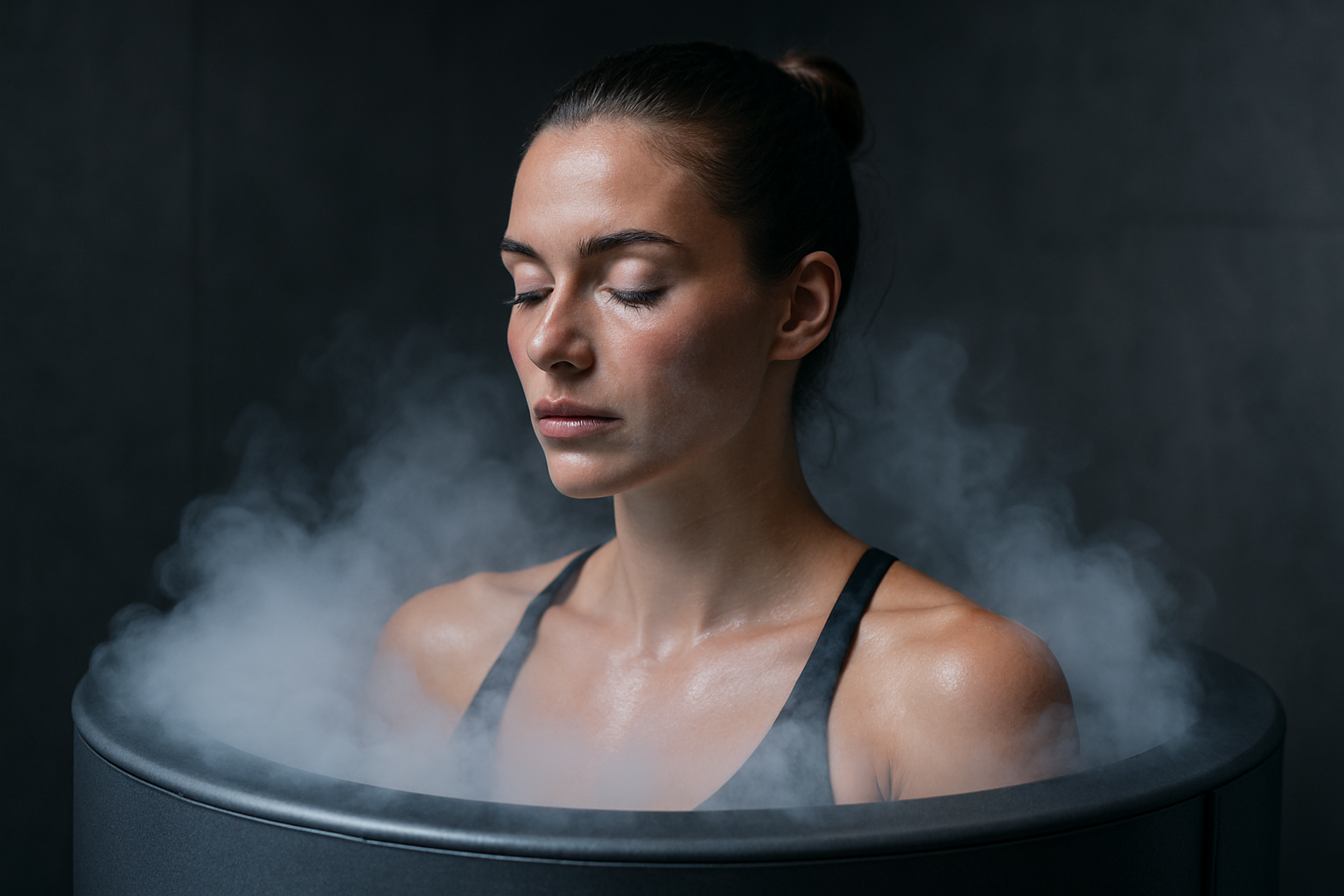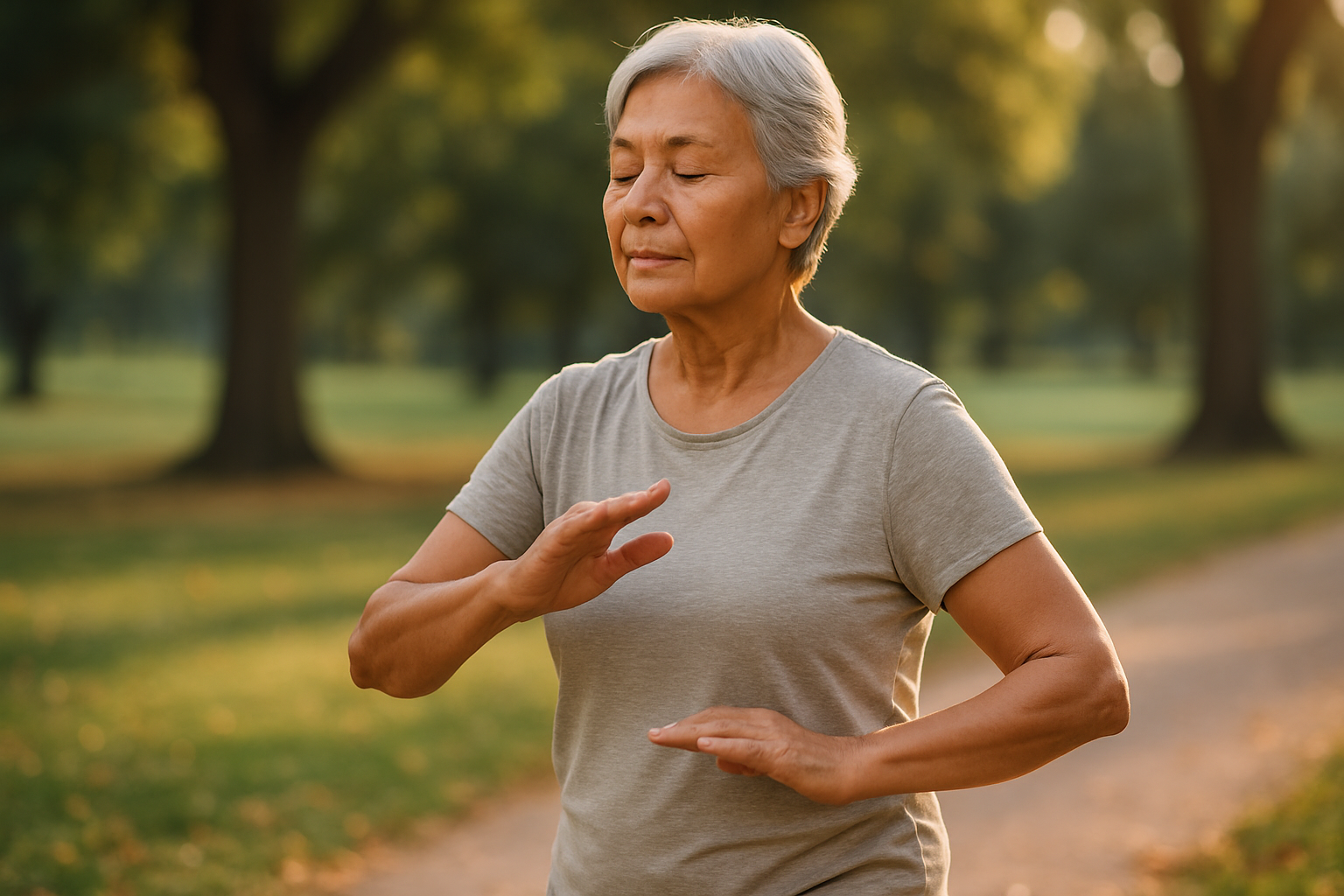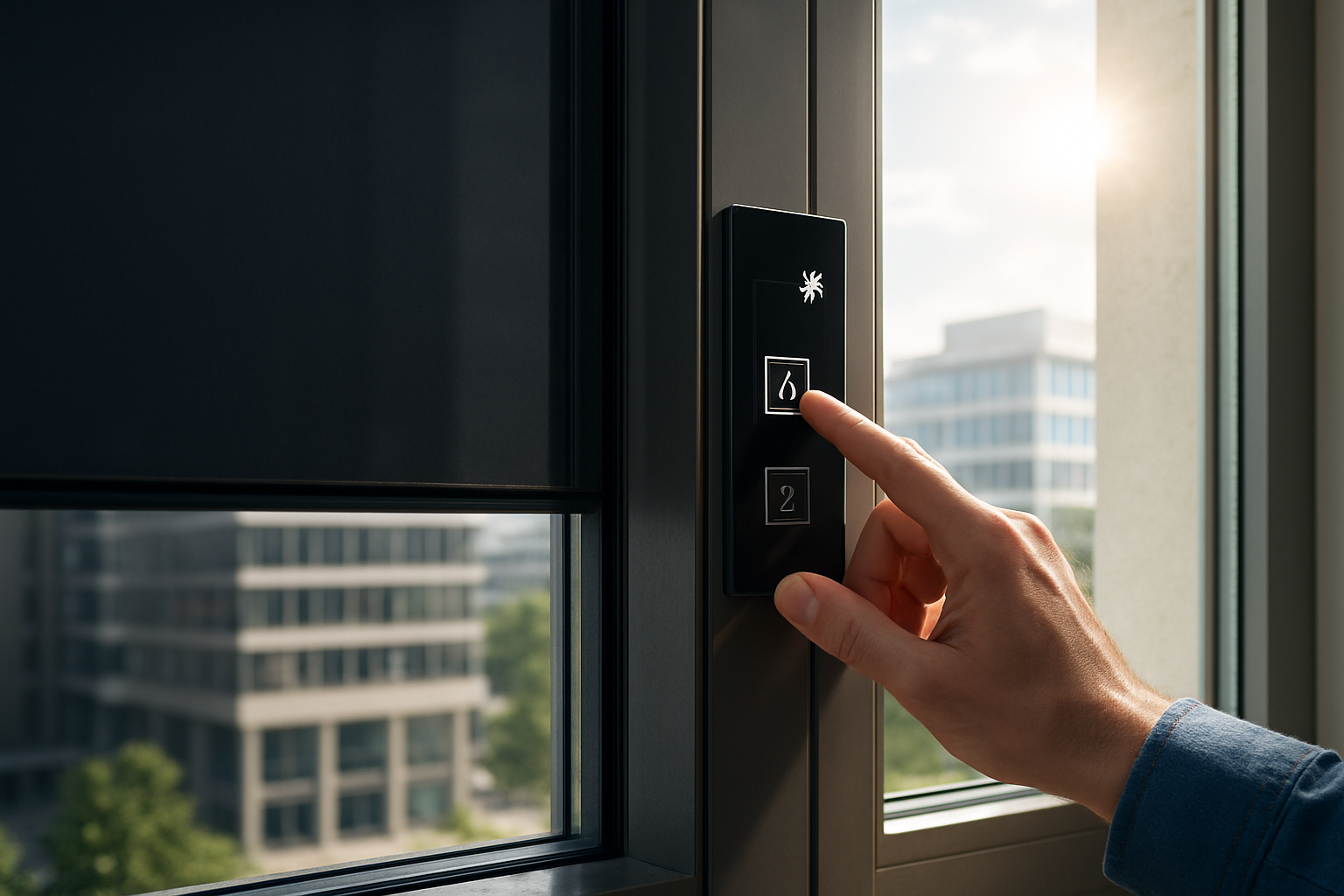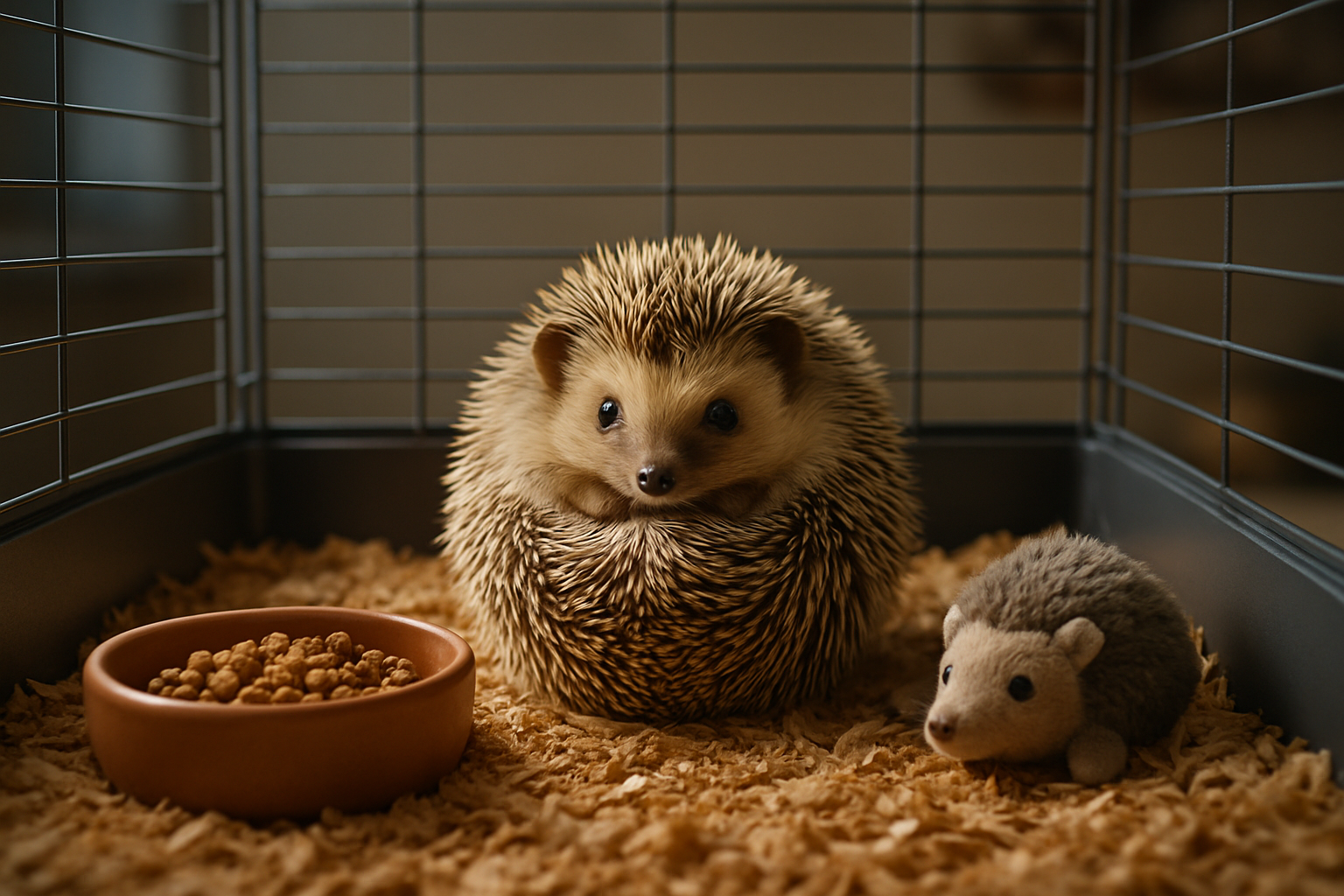Decoding the Science of Cryotherapy: A Deep-Dive into the Frosty World of Wellness
We live in an era where wellness trends evolve at an unprecedented pace. Yet, amidst this whirlwind of change, cryotherapy has emerged as a consistent player in the beauty and fitness industry. Once the exclusive domain of athletes seeking to expedite recovery or individuals trying to alleviate chronic pain, cryotherapy is now being embraced by a wider demographic, seeking to unlock its myriad benefits. Let's delve into the frosty world of cryotherapy, tracing its history, analyzing current trends, and exploring its potential future impact on our lives.

A Crash Course in Cryotherapy: The Backstory
Cryotherapy, from the Greek words ‘cryo’ meaning cold and ‘therapy’ meaning cure, was first introduced in Japan in 1978 by Dr. Toshima Yamaguchi. Initially used to treat rheumatoid arthritis, the therapy quickly gained popularity for its efficacy in reducing inflammation and pain. Since then, cryotherapy has been adopted worldwide, gaining recognition in the beauty and fitness industry for its potential to enhance athletic performance, improve skin health, and promote overall wellness.
Chilling Out: Cryotherapy in Practice Today
In the current landscape, cryotherapy is being utilized in a variety of ways. For fitness enthusiasts and professional athletes, cryotherapy sessions post-workout are seen as a way to speed up muscle recovery and enhance performance. This practice is backed by studies showing that exposure to extreme cold can reduce inflammation and promote faster tissue repair.
In the beauty industry, cryotherapy facials, known as ‘frotox’, are becoming increasingly popular. The cold temperatures are believed to stimulate blood circulation, leading to increased collagen production and a more youthful, radiant complexion.
An Icy Forecast: Predicting Future Trends
With the increasing interest in wellness and self-care, we may anticipate a continued surge in the popularity of cryotherapy. More and more people are likely to incorporate it into their regular wellness routines, recognizing the benefits of this cold therapy for physical health and beauty.
Market experts also predict the development of at-home cryotherapy devices, making the therapy more accessible to the general public. However, it’s crucial to remember that while these devices may offer convenience, they should not replace professional treatments.
Frosty Facts: The Science Behind Cryotherapy
Cryotherapy works by exposing the body to extremely cold temperatures for a brief period, typically between two to four minutes. This sudden drop in temperature induces a survival response, causing blood vessels to constrict and reducing blood flow to the skin’s surface. Once the body warms up post-treatment, the blood vessels dilate, flooding the body with oxygen and nutrient-rich blood. This process is believed to accelerate healing, reduce inflammation, and improve skin health.
A Word of Caution: The Risks and Contraindications
Like any therapy, cryotherapy is not without its risks and should be used with caution. Individuals with certain health conditions, such as cardiovascular disease, high blood pressure, or Raynaud’s disease, should avoid cryotherapy. Side effects may include temporary numbness, tingling, and redness of the skin. It’s recommended to consult with a medical professional before starting any new treatment, including cryotherapy.
In conclusion, while cryotherapy may seem like a modern phenomenon, it’s deeply rooted in our historical pursuit of wellness. As we continue to explore this frosty frontier, it’s essential to strike a balance between embracing innovation and prioritizing safety. As long as we navigate this path with knowledge and caution, cryotherapy promises to remain a fascinating and beneficial part of our wellness journey.





